Digital technology has taken a front seat in our society, reshaping our working and personal lives.
With screen time trending higher than ever and digital advertising surpassing TV spend, our approach toward marketing demands reassessment. To navigate this swiftly shifting landscape, industry leaders are confronted with the question: What now?
On average, users are fixated on their mobile devices for three hours and forty-three minutes daily, according to eMarketer.
On average, users are fixated on their mobile devices for three hours and forty-three minutes daily, according to eMarketer. As users travel their digital journey, they frequently encounter various forms of advertisement, curated strategically by using copious amounts of consumer data. Such meticulous targeting offers an unprecedented opportunity for companies to communicate directly with their audience – akin to personalized billboards that engage on a highly individual level.
While this remarkable leap in consumer targeting positively impacts advertising standards and practices, it also introduces a mosaic of questions concerning privacy and data ethics — issues central to corporate governance discussions in today’s boardrooms.
But are these precise beams of advertisements genuinely effective? The promise of reach and engagement is compelling. Still, digital ad efficiency remains elusive due to fragmented channels and complex attribution models – further complicated by the difficulty distinguishing whether seeing an advertisement motivates purchase intent.
The struggle grows in the case of TV return on ad spend campaigns. Despite the shift towards omnipresent smartphone use, television retains its audience presence. Associating performance metrics directly connected to viewing habits presents its challenges from a return on investment (ROI) perspective.
With technological advancements setting the stage for constantly evolving consumer behavioral patterns, we are transitioning swiftly towards a ‘digital-first’ era across all industries – including healthcare. With 83% of internet users seeking health information online, as per Hootsuite, healthcare brands are pivoting rapidly towards establishing strong digital footholds built on transformed engagement practices. Among the shift is that healthcare brands have adapted their advertising models to suit the digital-first atmosphere. The emerging priority to increase digital ad spend reflects not just the rising trend of online health-related searches but also an understanding that targeted marketing promotes relevant resonance within their demographic – a key element when considering our scaled growth and ROI.
The unexpected arrival of the COVID-19 pandemic in 2020 – our phenomenal market disruptor – altered every healthcare industry’s operational and digital market approach. It highlighted the significance of maintaining a robust digital presence capable of weathering unforeseen challenges, further pushing digital marketing to its dominant position.
Digital technology and platforms provide an unprecedented opportunity to reach out and communicate with healthcare consumers. They have democratized healthcare by eliminating barriers within the digital information landscape, creating a ubiquitous presence for the sector.
In conclusion, as we continue navigating this remarkable era where technology such as AI propels us into exciting yet unfamiliar territories, it is clear that a digital-first approach isn’t merely a passing trend but a substantial societal shift. However, we must harness these forces with informed caution and a deep understanding of ethical and practical implications.
Our industry’s C-suite executives are stewards in bridging this knowledge gap – ensuring smart investments yield high ROI while scaling operations effectively amidst this transformative journey. The next phase of healthcare advertising is here; let’s continue aiming high for growth with responsible governance at its core.



